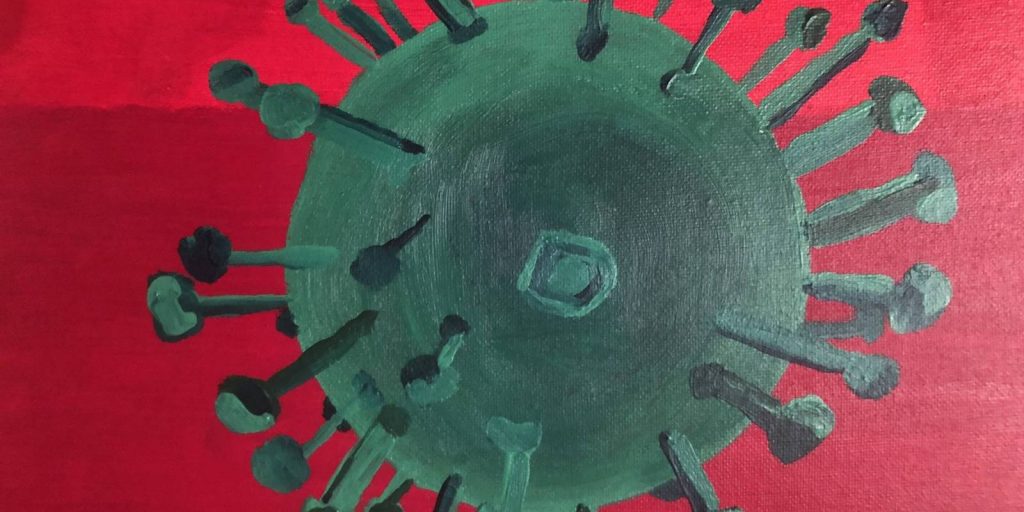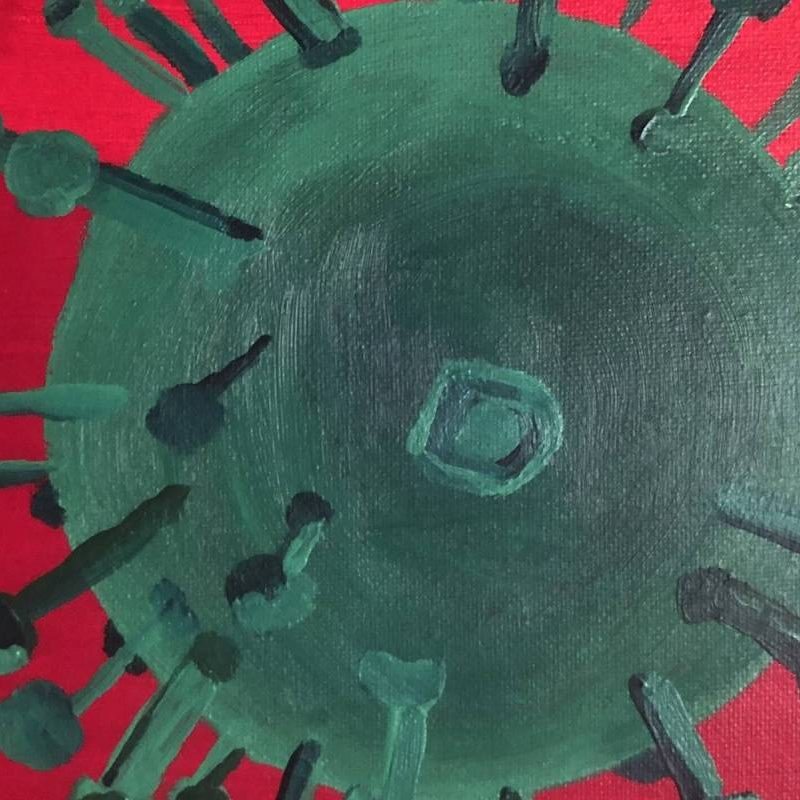5th PANSOC webinar 15th of April 16:00-17:00 (CET).
Rick J. Mourits, International Institute for Social History, Amsterdam, the Netherlands, presents on: “Occupational characteristics and spatial inequalities in mortality during 1918-9 influenza pandemic in the Netherlands”
Other authors: Auke Rijpma, Ruben Schalk, Ingrid K. van Dijk, Richard L. Zijdeman
Send e-mail to masv@oslomet.no to get the Zoom-link

Blurb: More than a century ago, the 1918-9 influenza pandemic swept across the globe and took the lives of over 50 million people. When the pandemic finally subsided in 1919, the “Spanish” influenza pandemic had taken over 50 million lives worldwide. A century later it is still not fully understood how socioeconomic differences affected the mortality risk. Multiple studies have found no straightforward relation between socioeconomic status and mortality rates during the 1918-9 pandemic. We argue that this is no surprise, as the mechanisms affecting the health gradient by socioeconomic status observed today were generally not helpful in the 1918-9 influenza pandemic. Social status gives individuals the opportunity to more optimally avoid getting ill, resist infections, and be cured diseases (Johansson, 2000). However, two of these three resources – resistance and cures – were little or not available during the 1918-9 influenza pandemic. However, occupational and spatial differences in exposure may have mattered in determining individual mortality risk. In this work we use data from the Dutch civil registry to explore the influence of occupational characteristics including exposure to others at work and whether or not work occurred in an enclosed space as well as regional mortality differences. Findings suggest that occupational characteristics affected the likelihood of infection and mortality within the autumn wave, both in less-hit municipalities and the strongest-hit municipalities. Taken together, our findings suggest a stronger socioeconomic pattern in the pandemic than suggested by previous literature.
